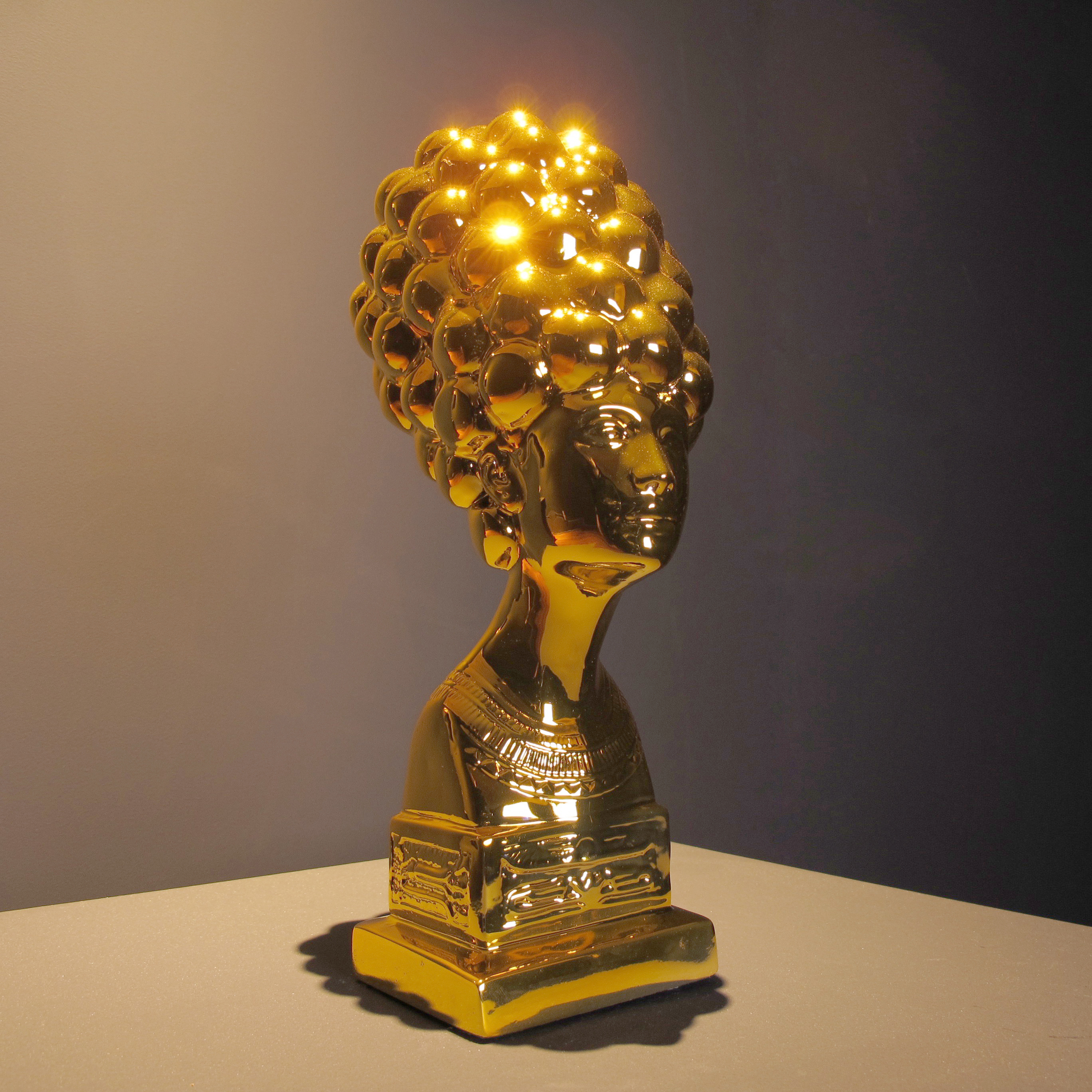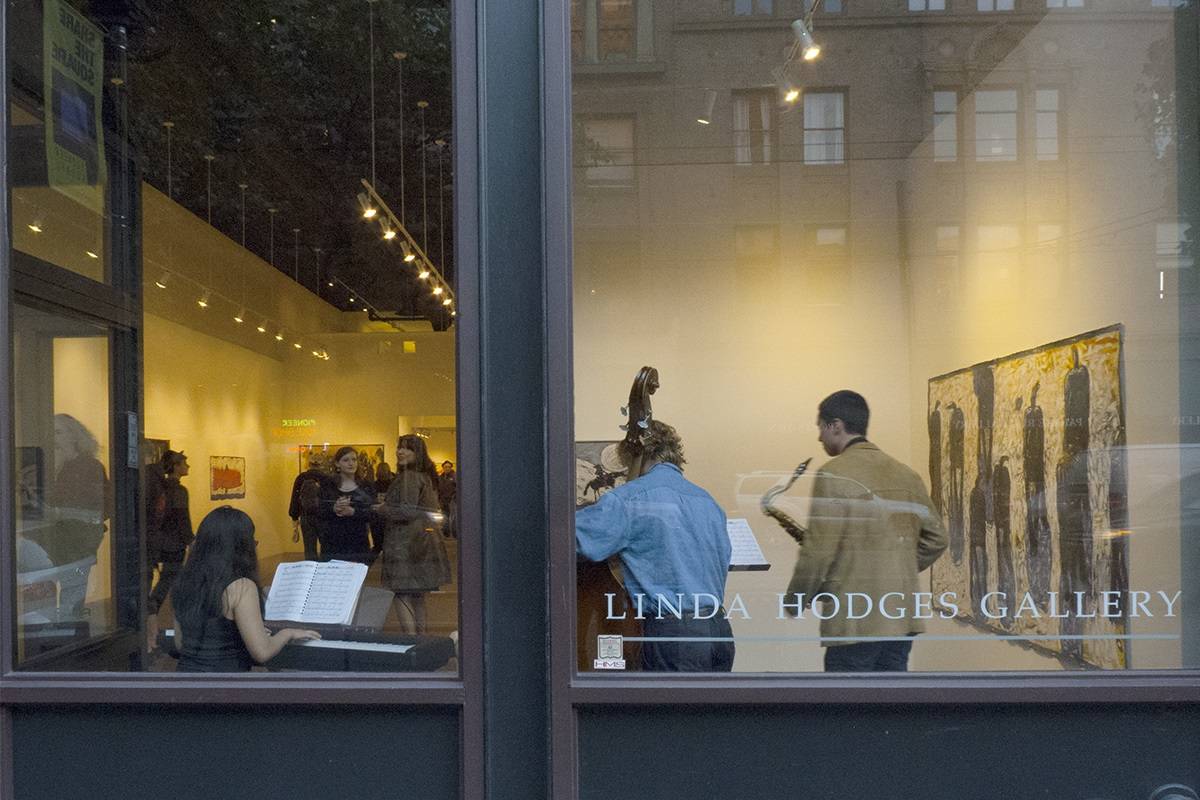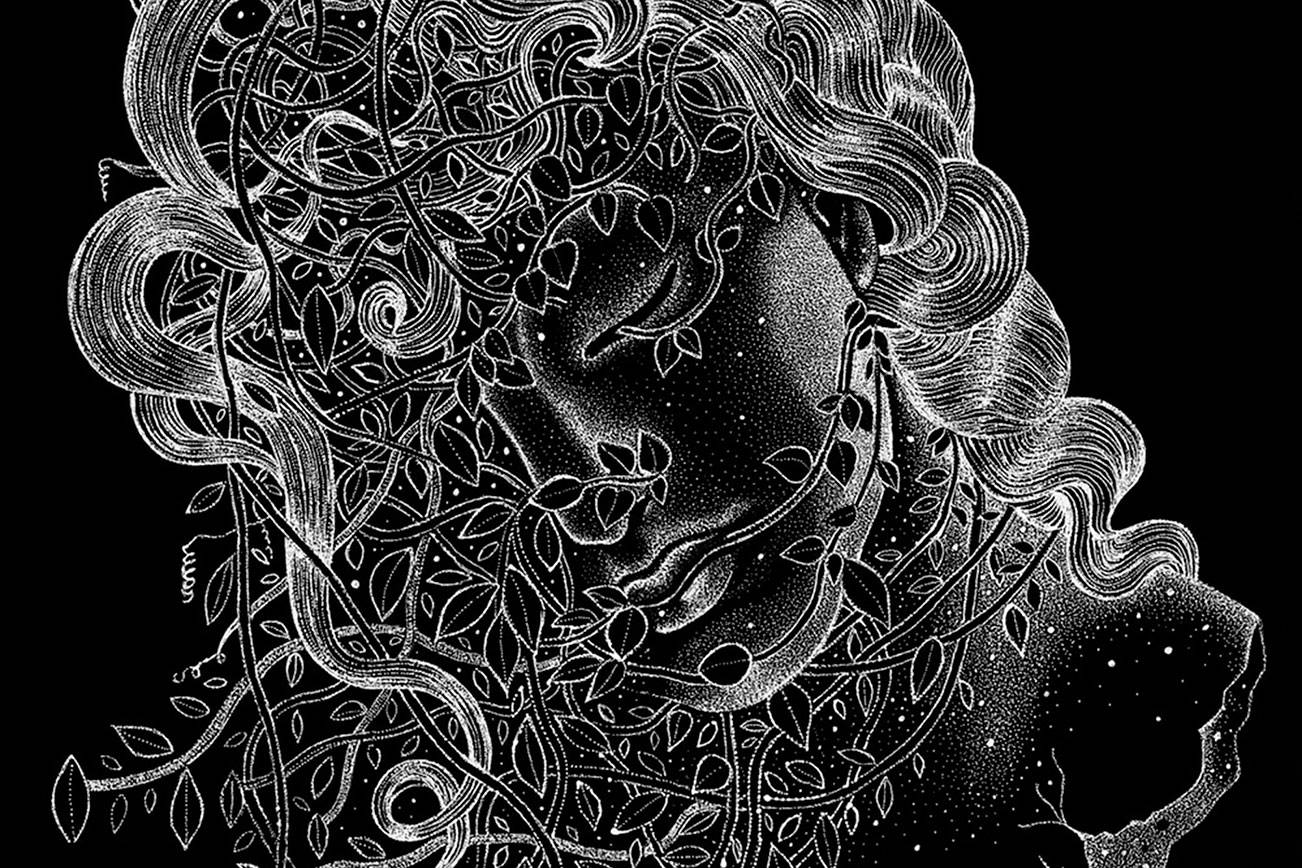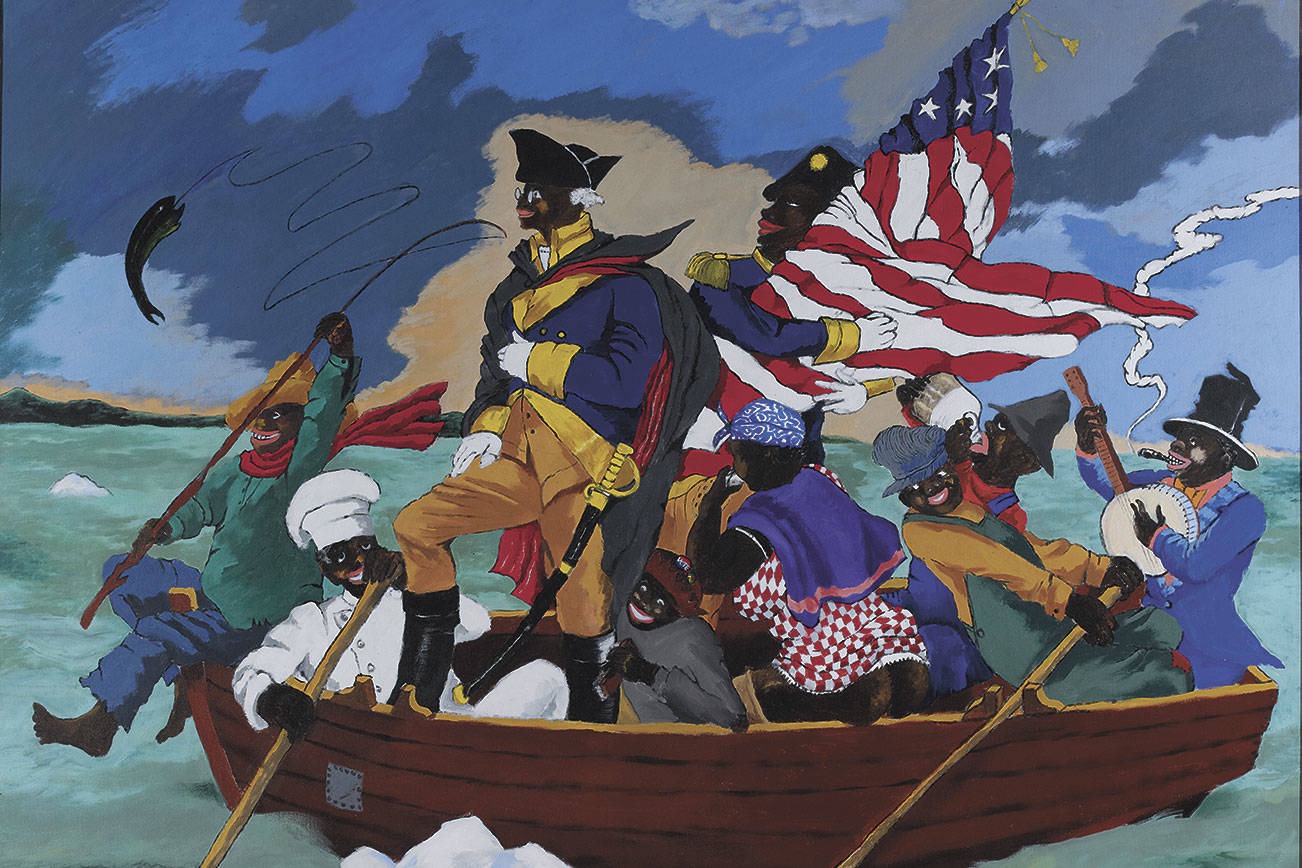What might a future civilization think of artifacts from 20th-century America? That is the question at the center of Orange Dust, a series of pseudo-artifacts created by artist Troy Gua. The title of the exhibition—now in the final month of its three-month run at BONFIRE Gallery—alludes to both the sands of Egypt and the coating of Nacho Cheese Doritos, fitting for a collection that mashes American symbolism with ancient Egyptian aesthetics for a smart, satiric look at contemporary values, including how we evaluate our own art and history through a skewed lens.
To understand where Gua is coming from, it’s important to take a look back at ancient Egypt, which stood as the center of the Mediterranean world for nearly 30 centuries. Despite the frequent destruction of its older monuments by later dynasties, a vast artistic legacy remains from those millennia. Under European imperialism in the 18th and 19th centuries, much of that legacy was looted and transformed into displays of global supremacy—the birth of the museum. Then, as the work of artists and historians intersected in these troves, art history was born.
Academic art followed, drawing from both that ancient art and emerging historical narratives as well as abiding Victorian mores. The resulting artwork presented an idealized vision of empire, in which the contemporary iteration was positioned as the rightful successor to the ancients. Other artists dissented, heralding the artistic rebellion of the early 20th century, proceeding into Pop Art and the more ribald, satiric stuff of postmodernism, which questions the accuracy of representations of past and present alike and therefore the validity of inferences made from them. While physical artifacts are subject to decay, the social context that surrounds them remains forever contingent and unsettled.
That brings us to Gua’s contemporary, hypothetical spin on Egyptian artifacts. Many delight the eye, but all invert the idealized Egyptian revival of recent centuries, whose art glorified empire at its peak while blithely ignoring its implications of imminent descent. Gua, like other critics of Western consumerism, latches onto that descent.
Orange Dust is a cultural memento mori from the outset, with dozens of miniature sarcophagi and pyramids displayed in the gallery’s front windows. The orange plaster pyramids resemble Doritos, while multiple “obesity-sized” sarcophagi made of plastic and sugar appear sinister in their excess.
Ancient Egyptians spent their entire lives anticipating the afterlife, learning mysteries and preparing a proper tomb. Pharaohs often secured loyalty from subjects by promising the latter, while priests controlled the former. In this culture, the afterlife was a more exquisite version of material life, and both were celebrated, so the preoccupation wasn’t as morbid as it might sound. Like the Egyptians, we celebrate the material—in the form of cheap goods and entertainment—but death is taboo. Of course, our excesses are still regarded as a sign of American supremacy and, some would say, a means of assuring complacency by a ruling elite. So little has changed.
Gua’s remix of Egyptian artifacts and contemporary symbolism invites such comparisons between past and present while subverting earlier appropriations of these antiquities. His satirical slant is also unique in that it opposes the intent of the original artifacts themselves, which are didactic, decorative, or ritualistic. The only known extant satiric artwork from ancient Egypt is The Satire of the Trades, and we can account for its survival simply because the scribe who created it was satirizing scribes such as himself. Anything aimed at the ruling elite was assuredly destroyed, if it ever existed.
Yet Gua’s target appears to be much more contemporary. He is not satirizing individuals, but our vices: junk food, violence, narcissism. The manifesto may be nothing new and a few pieces feel a little ham-handed (saliently, the apple pie filled with bullet shells), but the pieces are always wryly funny and the exceptional exhibit design makes it all coherent. Gua has transformed BONFIRE into something that genuinely feels like a small, sepulchral museum exhibit, even adding “new discoveries” each month as they are “unearthed.” All the show lacks are a few velvet ropes and docents leading crowds of preoccupied schoolchildren.
I especially love the laser-etched cartouches of emojis, which suggest the power of ideography across millennia in a way that feels uncanny. Meanwhile, Nefertiti’s famous crown has been replaced by the iconic symbol of America’s longest reigning matriarch—the beehive of Marge Simpson.
This exhibit won’t be enjoyed by adherents to the myth of American Exceptionalism, nor those who hold ancient art in untouchable reverence. I could be sympathetic toward the latter group, as ancient arts express the eternal whereas Pop Art is consciously ephemeral, but Gua manages to use Pop Art to more lasting effect by putting the art and the viewer in a much larger continuum. Among the gilt puns and insinuations of violence is yet a peaceful reminder that this too shall pass, from dust to dust.
arts@seattleweekly.com








